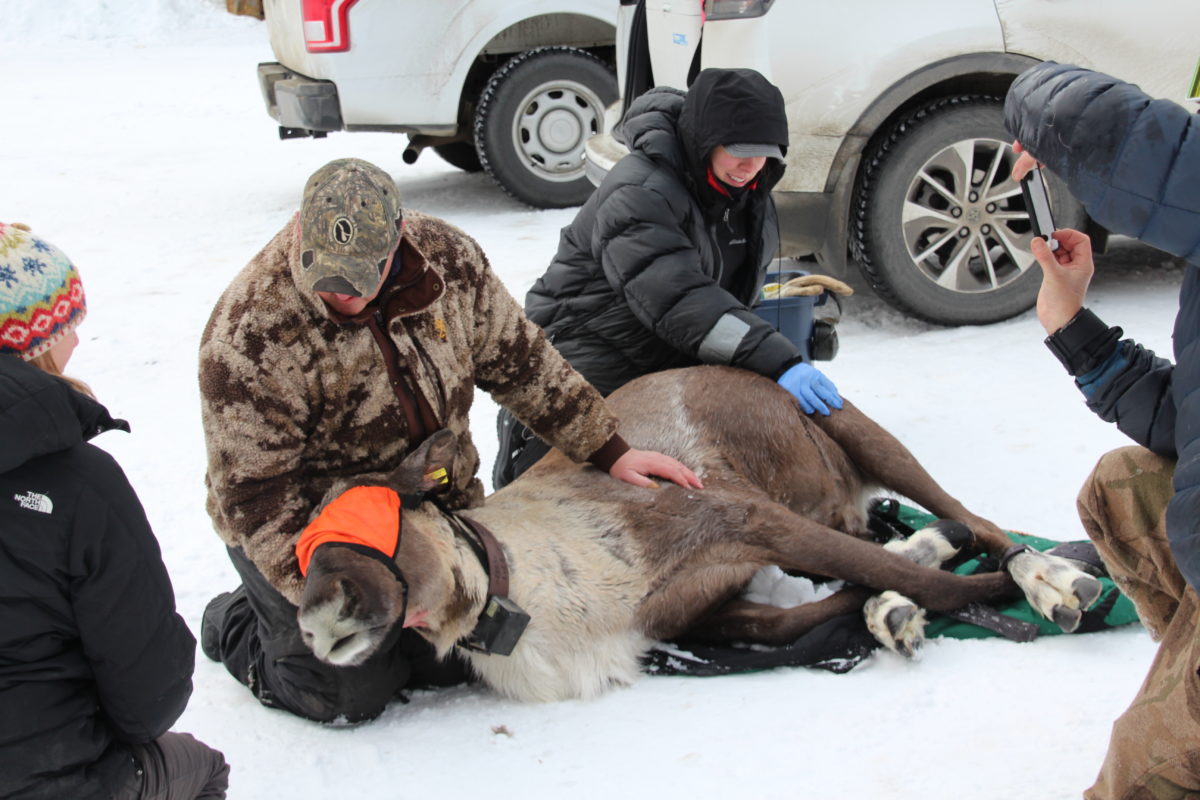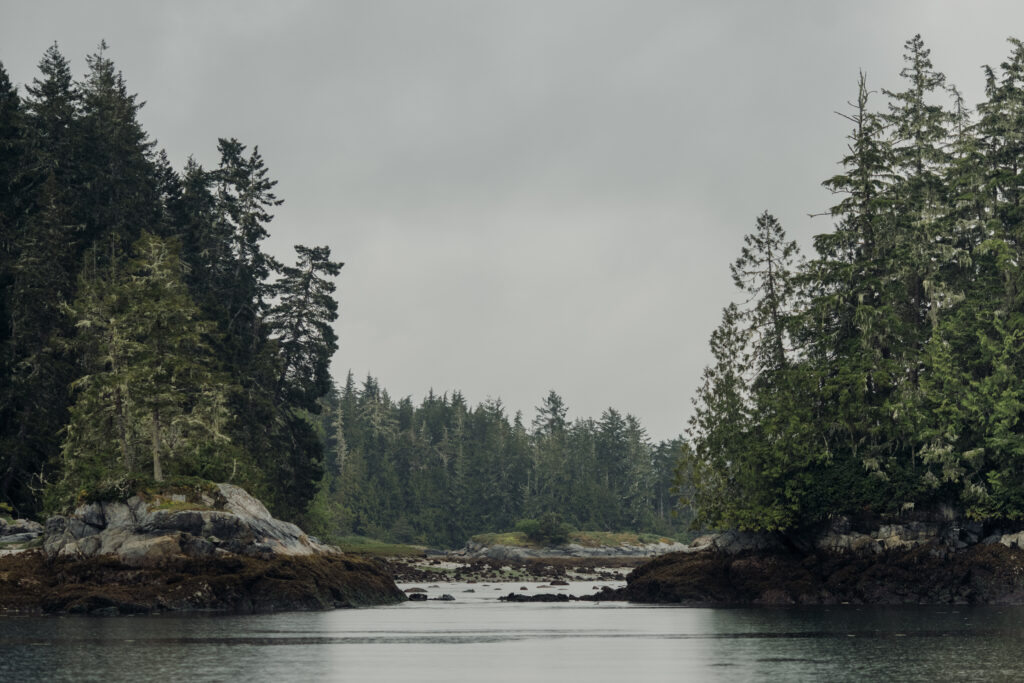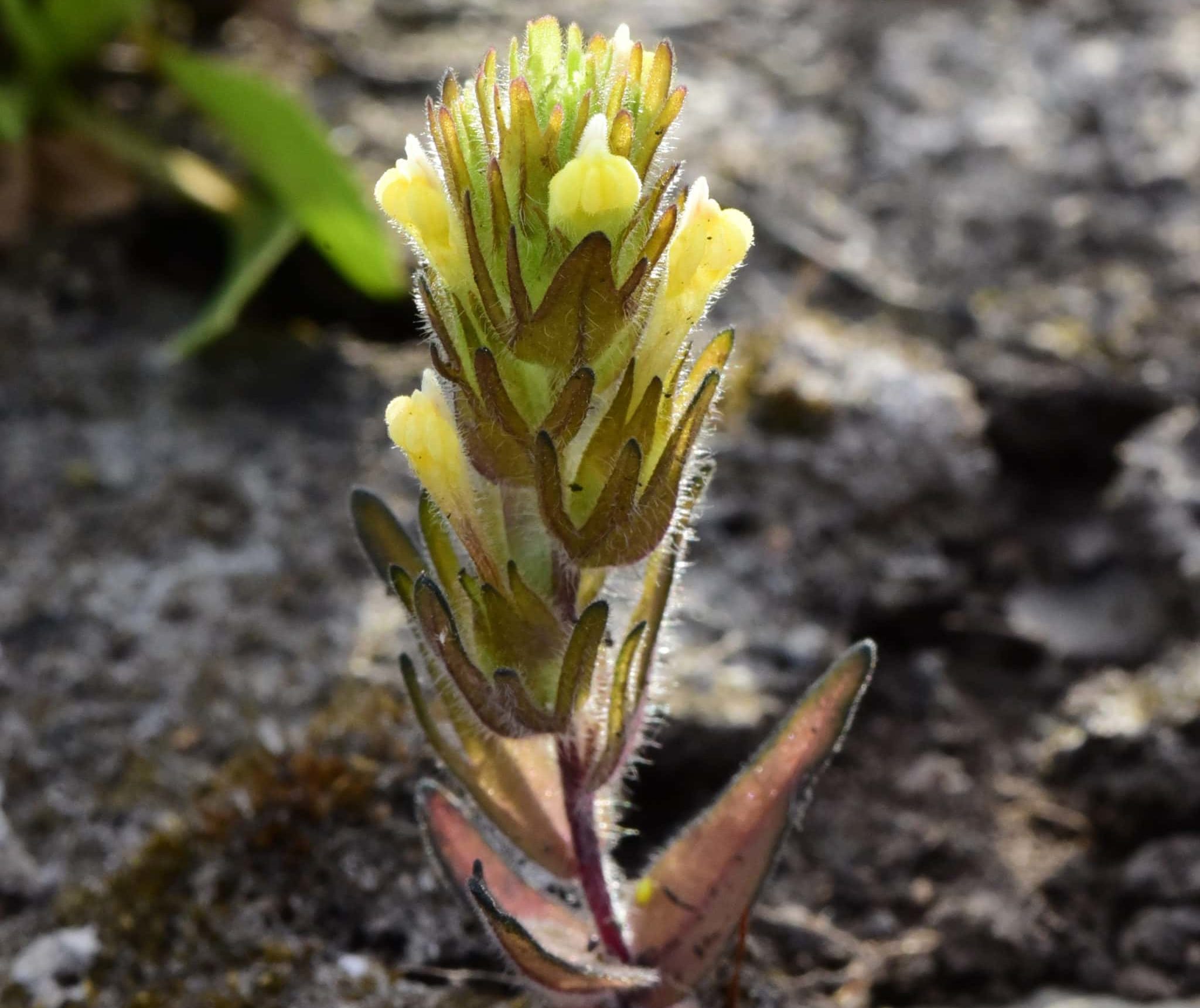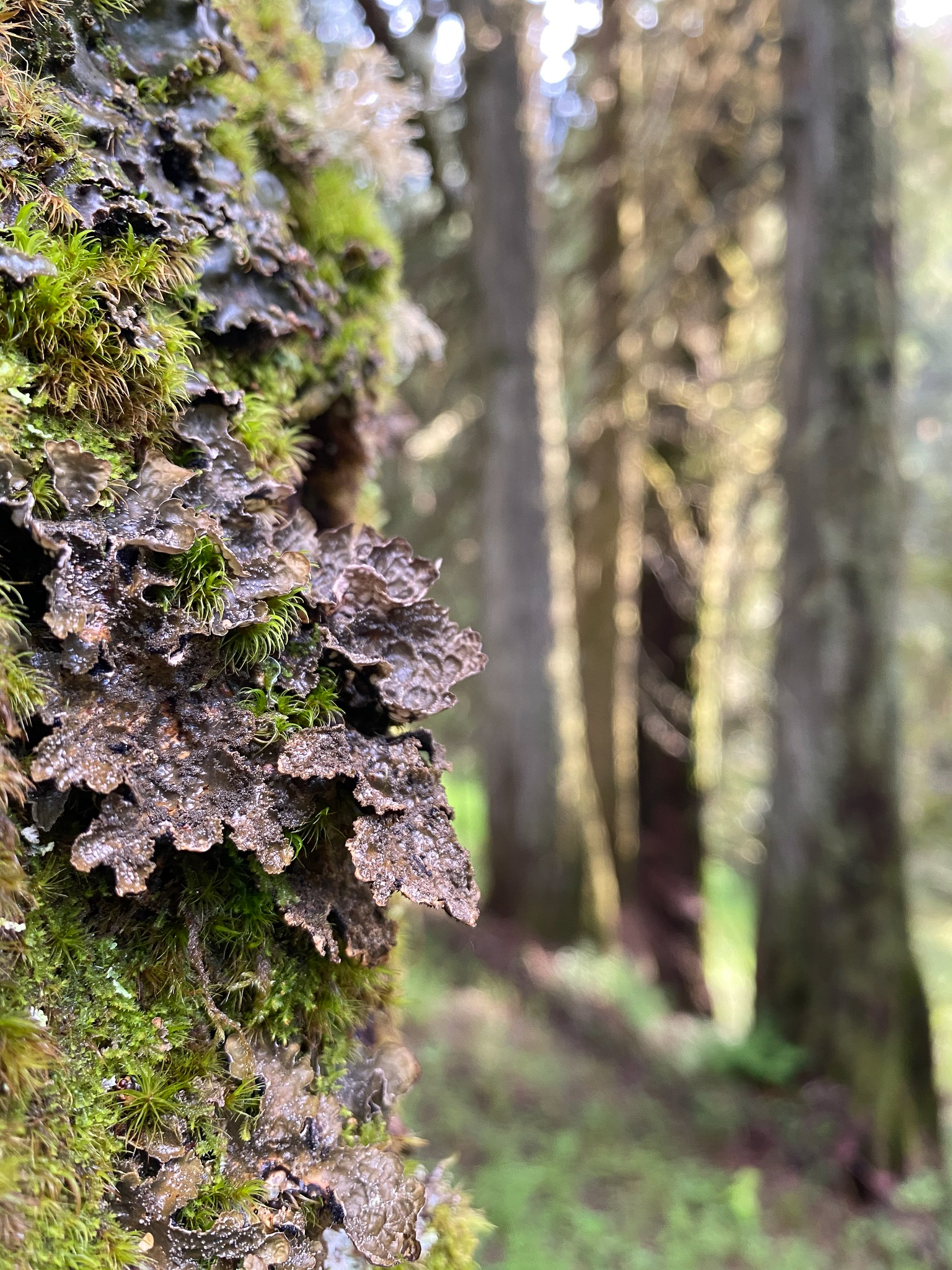
Celebrating 7 years of The Narwhal — and gearing up for the next 7
Between a fresh take on engagement and our new life on video, our team is...
The B.C. government appears poised to announce new protections for “high profile” species at risk of extinction, including boreal caribou and spotted owls, as part of a long-awaited nature agreement with the federal government, according to documents obtained by The Narwhal through a Freedom of Information request.
One document suggests the B.C. government’s decision to sign a nature agreement with Ottawa is motivated by a desire to sidestep potential federal interventions to protect at-risk species and their habitat. Details of the nature agreement have not yet been announced but speculation is it will be released any day to coincide with COP15, the United Nations biodiversity conference that opened Nov. 6 in Montreal.
Federal Environment and Climate Change Minister Steven Guilbeault recently said the federal government will step in if B.C. and other provinces fail to protect habitat for at-risk species such as caribou, telling provinces “the party is over.” Under a rarely used provision in Canada’s Species at Risk Act, Ottawa has the right to override provincial land use decisions, such as whether to issue logging permits, if a species faces imminent threats to its recovery.
“Advancing a nature agreement is one strategy to reduce the risk of federal intervention in provincial land use,” says an April 29 briefing note to Lori Wanamaker, then deputy minister to former B.C. Premier John Horgan.
A draft briefing note for Josie Osborne, B.C. Minister of Lands, Water and Resource Stewardship, says B.C. and Canada are looking to establish a “path forward” for the recovery of “high profile” species, listing boreal caribou and spotted owls as two examples.
The April 13 note says the nature agreement will position B.C. and Ottawa to “work more collaboratively to achieve shared recovery goals” for species at risk of extinction.

Funding for the agreement will be shared equally between B.C. and Canada, while the agreement will “maintain provincial jurisdiction,” according to the briefing notes. As one example, Osborne’s briefing note says B.C. will “proactively” demonstrate “effective protection and piloting planning for species not yet listed like the fisher and western bumblebee.”
The term “not yet listed” refers to vulnerable species that have not yet been listed under Canada’s Species at Risk Act, which could potentially trigger federal interventions aimed at preventing local or global extinctions.
Charlotte Dawe, conservation and policy campaigner for the Wilderness Committee, said the strategy to deal with at-risk species in B.C., as outlined in the briefing notes, will not fundamentally change the trend of species extinction in B.C., which has more at-risk species than any other jurisdiction in the country and no stand-alone legislation to protect them.
“This signals to me a way for the B.C. government to get the federal government off their backs,” Dawe said. “They’re going to be basically protecting a few species and continuing with business as usual, in the habitat of the rest of the 1,900 species at risk of extinction in B.C.”
“This isn’t the system change that we need. It’s just more incremental steps to sort of appease the federal government and appease the public and hope that they can get away with just doing this — the bare minimum.”
Ecojustice law reform specialist Victoria Watson said the environmental law charity has been concerned for some time that the nature agreement will focus on a few high-profile species and areas “while doing little overall to protect and restore interconnected ecosystems.”
“In our view, the key measures of a good federal-provincial nature agreement are, first, how much habitat for at-risk species do Indigenous knowledge holders and scientists say we need to protect? And second, how much of that determined habitat is genuinely protected through the agreement or other measures?” Watson said in an emailed statement from Montreal, where she is attending the COP15 conference.
She said Ecojustice also sees “some good reasons for hope” because the freedom of information documents help show the importance of Indigenous-led conservation and stewardship initiatives.
B.C.’s best shot at tackling the biodiversity crisis is a new law to protect the province’s biodiversity, Watson added.

The briefing note for Wanamaker also says several conservation initiatives underway in B.C. — as yet unannounced — “will make use of protection measures that do not include establishment of a park.” Old-growth management areas, ungulate winter range designations and wildlife habitat areas “are likely to be used for species at risk and for old-growth management,” the note says.
Dawe pointed out such designations do not confer long-lasting protection.
“I’ve stood in the forest of an ungulate winter range and wildlife habitat area, [and] old-growth forest, and I’ve stood in it after it was clear cut,” she said. “So these do not offer permanent protection. And I think that’s exactly why the government is relying on these rather than legal protection through something like a park, or something like law reform, which would limit companies from logging in [at-risk species] habitat in the first place.”
The nature agreement was first announced almost two years ago, in response to a petition the environmental law charity Ecojustice sent to federal Minister of Environment and Climate Change Steven Guilbeault on behalf of the Wilderness Committee. The petition demanded the federal government issue an emergency order under Canada’s Species at Risk Act to protect the three remaining spotted owls in B.C., which rely on old-growth forests for their survival. (Since then, two owls have died, leaving only one wild-born spotted owl in the Canadian wild.) Only vague information about the nature agreement was released at the time.
In an emailed statement in response to questions, the B.C. Ministry of Lands, Water and Resource Stewardship said the province is committed to working with the federal government to ensure “we manage and maintain” B.C.’s biodiversity. The ministry said negotiations on the B.C.-Canada nature agreement are ongoing and the government will provide an update “in the near future.”

According to the briefing notes, topics covered in the nature agreement include: ecosystem and habitat conservation, protection, restoration and stewardship; species at risk recovery and protection; Indigenous conservation-based leadership and partnerships; and ecosystem knowledge and information.
The briefing note to Wanamaker says the commitment to develop the nature agreement arose as part of addressing Ecojustice’s legal petition “seeking federal intervention for spotted owl habitat protection” under the Species at Risk Act. The note described the Act as a “safety-net legislation” designed to “assert federal control over provincial interests if provinces fail to implement effective conservation actions.”
It goes on to call the Act “a powerful and highly prescriptive legislative framework for [species at risk] recovery that forces relatively inflexible planning and process requirements.”
It also states that the federal legislation “treats all listed species as equal” and puts primary emphasis on the identification and protection of critical habitat to meet recovery objectives.
Dawe questioned the sincerity of the B.C. government’s stated commitment to protecting species at risk. “The fact that we have environmental groups and law groups that have to legally take the government to court in order for them to do anything to halt extinction in the province is just not the way it should be,” she said. “The onus should not be on the public and organizations to force the government to do what they’re supposed to do.”


B.C., along with three other provinces and the Yukon, lacks stand-alone legislation to protect at-risk species, despite a 1996 commitment to enshrine legal protections. Canada’s Species at Risk Act applies automatically only to species on federal land, about five per cent of the country, meaning that most at-risk species in Canada have few, if any, meaningful protections.
The B.C. Ministry of Land, Water and Resource Stewardship said it is engaged in a number of processes and initiatives aligned to halt biodiversity loss and support the recovery of at-risk species. In addition to the nature agreement, the ministry said they include the implementation of all 14 recommendations made by an old-growth strategic review panel, the implementation of a strategy called Together for Wildlife and “assessment of conservation policy tools and statutes,” including planning for an update of species at risk legal lists.
The ministry also said “new legislation and improvements to existing legislation and policies are being considered.”
The B.C. cabinet approved the nature agreement to be scoped as a bilateral agreement, with “check-ins” with key Indigenous partners and “some strategic engagements with Indigenous leadership focused on shaping B.C.’s position on Canada’s protected area targets,” the briefing note to Osborne says.
Wanamaker’s briefing note discusses criticism by Ecojustice and the Canadian Parks and Wilderness Society, which take umbrage with B.C.’s claim that it has protected four per cent of the provincial land base through a mechanism called “other effective area-based conservation measures.”
Other effective area-based conservation measures are areas that contribute to the conservation of species, habitats and ecosystems outside of protected areas. The two groups argued such areas, included in B.C.’s protected areas tally, do not meet all of the federal criteria and fail to prevent activities incompatible with conservation from occurring, according to the briefing note. The following half-page is redacted, while a summary of land conservation initiatives is completely redacted.
The Narwhal received a 19-page document. Eight pages were partially redacted, and 11 were fully redacted. Redactions were made on the grounds that the information was subject to cabinet and local body confidences, that they contained policy recommendations and that disclosure could be harmful to intergovernmental relations or negotiations or to the financial or economic interests of a public body.
The briefing note to Osborne says the nature agreement “provides a new mechanism for coordinating B.C.’s natural resource sector collaboration with the federal government to promote the stewardship of a range of values and effective protection and recovery for species at risk.” It says federal funding will be aligned with cross-ministry provincial priorities.
“This coordinated approach has the potential to improve the strategy and effectiveness of B.C.’s natural resource sector relations with the federal government,” the document notes.
Get the inside scoop on The Narwhal’s environment and climate reporting by signing up for our free newsletter. On a warm September evening nearly 15...
Continue reading
Between a fresh take on engagement and our new life on video, our team is...

The public has a few days left to comment on Doug Ford’s omnibus development bill....

115 billion litres, 70 years to fix, $5.5 billion in lawsuits
